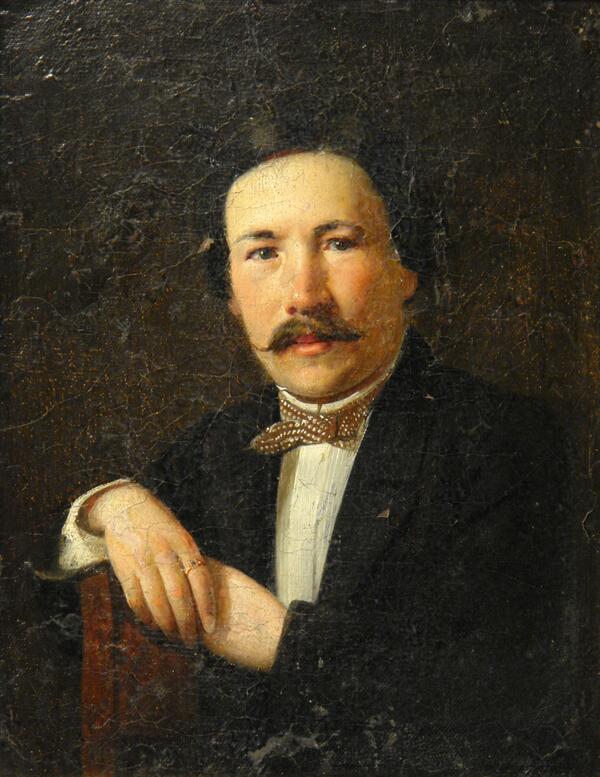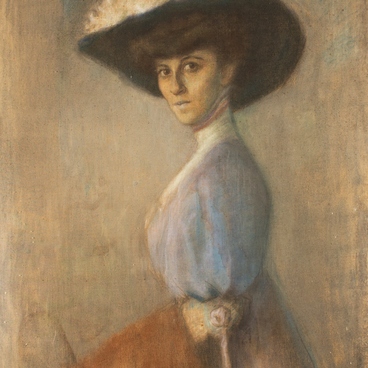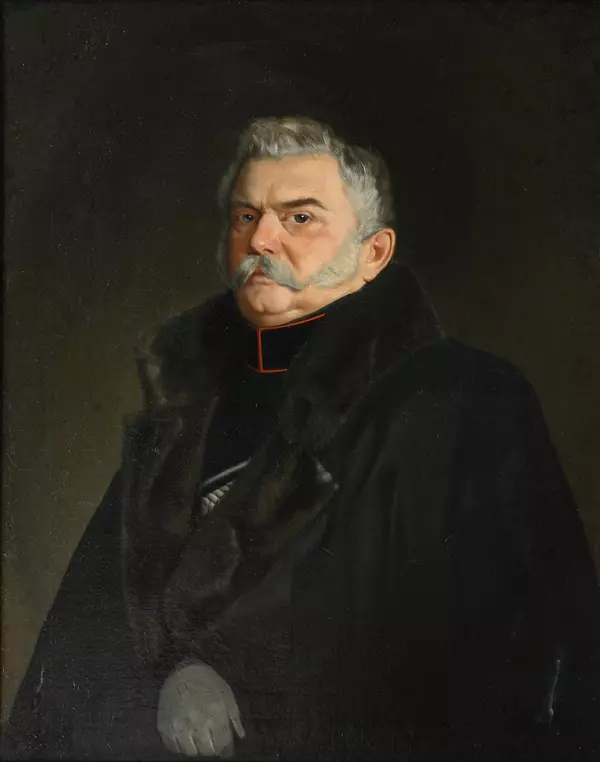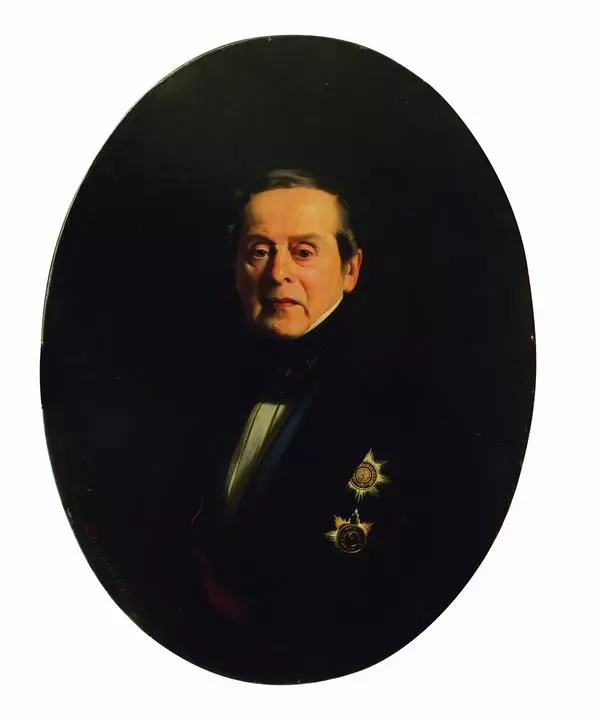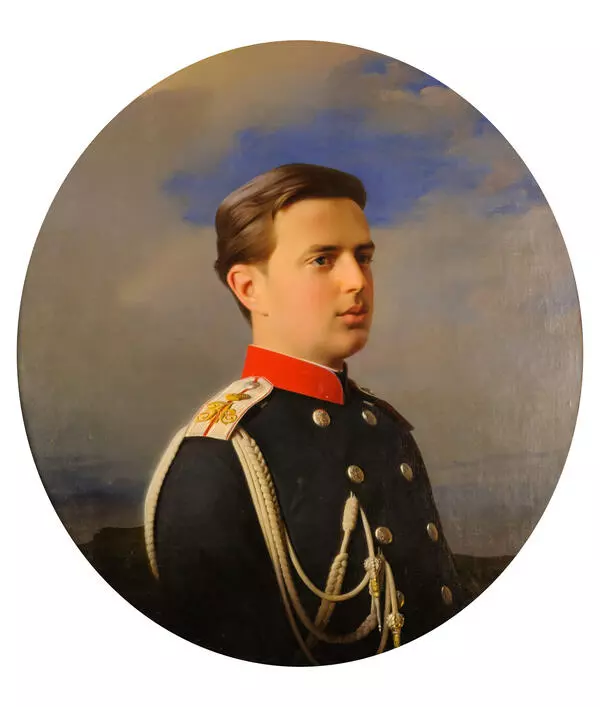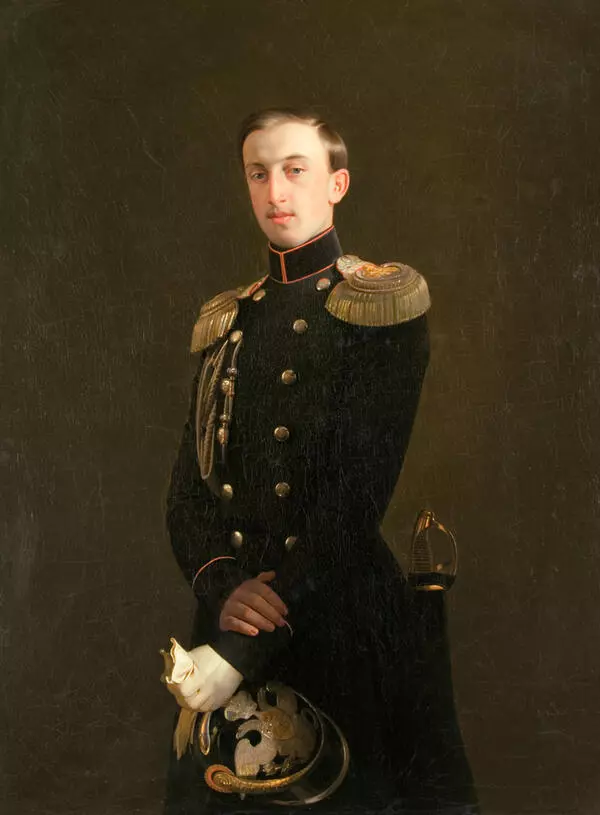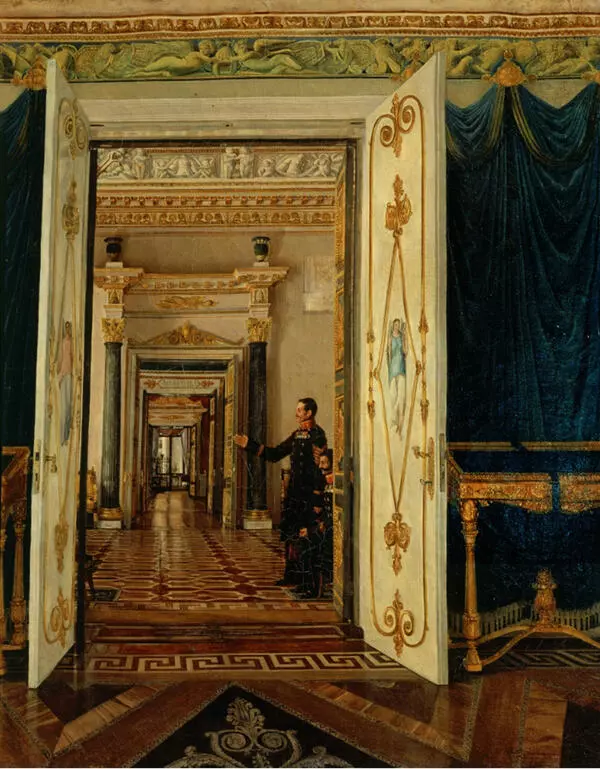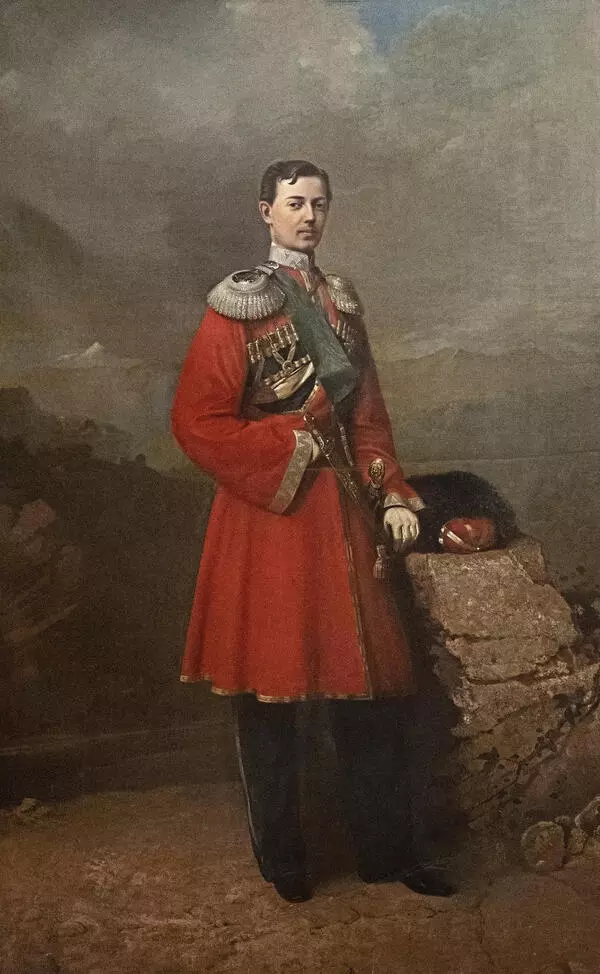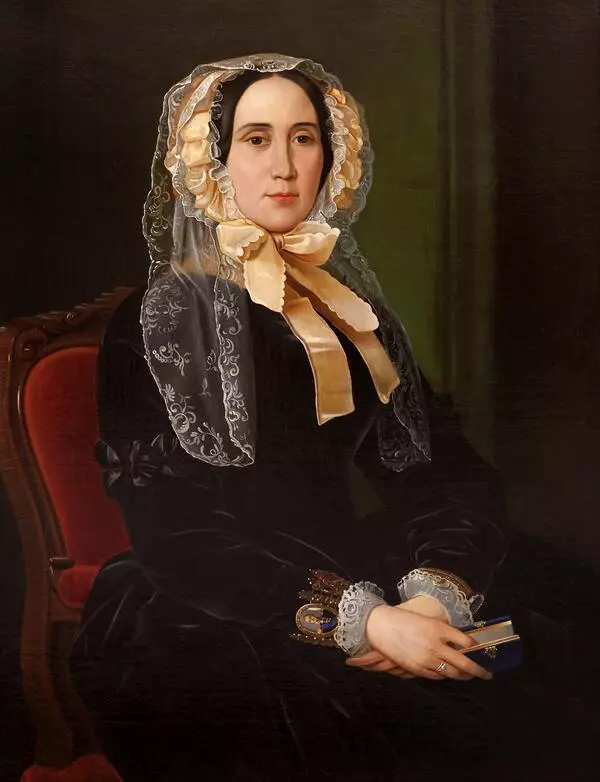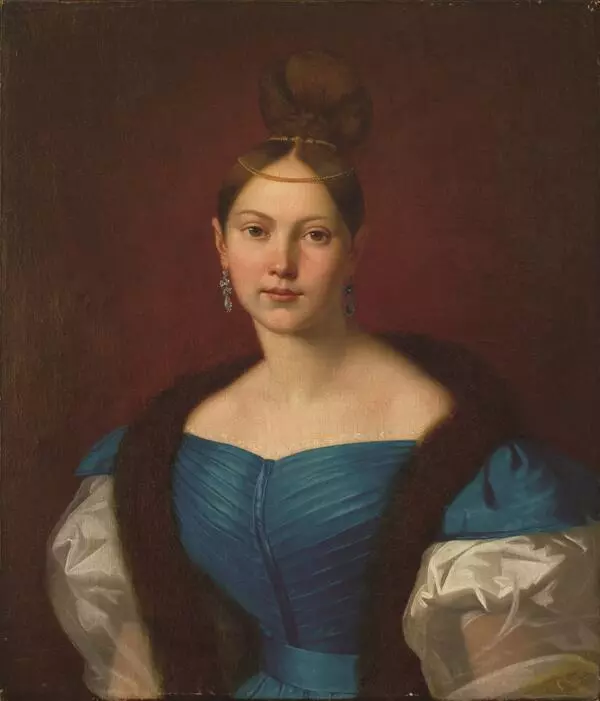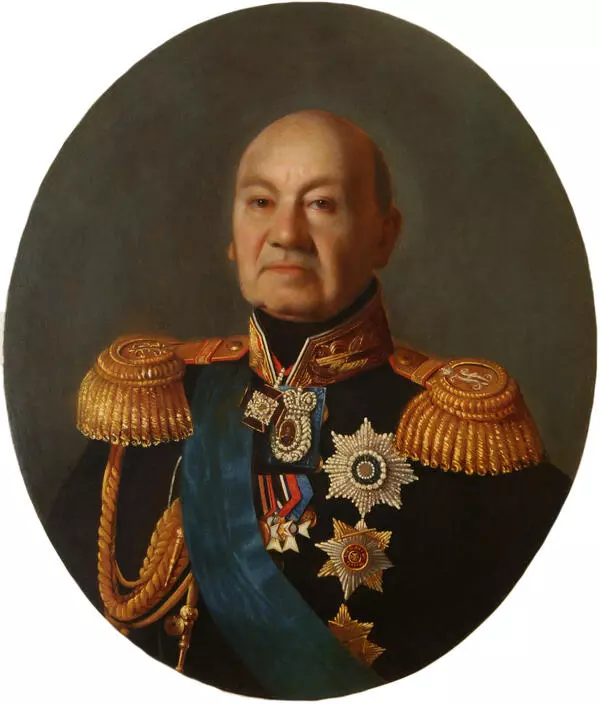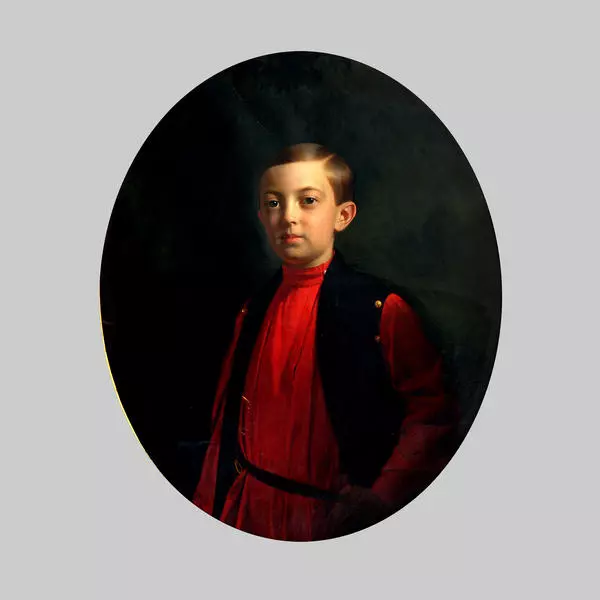‘The Portrait of an Unknown Man’ from the collection of the Tarusa Art Gallery is one of the works by the artist Sergey Zaryanko (1818–1871), who won the love of the public, representatives of the nobility and even the royal family with the mastery of his portraits. He was a listener at the Academy of Arts under the patronage of Alexey Venetsianov, initially creating perspective views. In the need of gaining financial stability, he was engaged in the creation of works for churches in Moscow, and also taught drawing.
The artist gained wide popularity at the academic exhibition of 1849, presenting two portraits - of General Pyotr Lomnovsky and the opera singer Osip Petrov, which amazed the audience with an accurate reproduction of the similarities. A year later, he received the title of professor, and in 1856 began teaching at the Moscow School of Painting, Sculpture and Architecture, where his students were Vasily Perov, Vladimir Makovsky, Illarion Pryanishnikov, Vasily Pukirev.
His portraits were characterized by authenticity, which was achieved due to subtle light and shade modeling. He made it possible by giving the image the effect of sculptural modeling. He was able to reproduce the fabrics of the clothes of his heroes with the accuracy of conveying the texture from gold embroidery to lace and details of elegant accessories. He created about a hundred portraits including the images of the imperial family members.
One of the works, ‘The Portrait of an Unknown’, is presented in this collection. On a deep dark background, there is a middle-aged man sitting half-turned on a chair. The man’s face is depicted with photographic accuracy – even the blush covering his cheeks and the attentive look of dark eyes is conveyed. Wardrobe items are reproduced in detail: a small ornament of a tie, delicate sewing of a shirt, a precious ring that adorns a refined hand. Nevertheless, Zaryanko’s portraits were characterized precisely by the external transmission of the image, without deepening into psychologism. With the flourishing of the critical realism aesthetics in the 1860s, Zaryanko’s new works ceased to be popular with art critics due to their excessive naturalism.
The artist gained wide popularity at the academic exhibition of 1849, presenting two portraits - of General Pyotr Lomnovsky and the opera singer Osip Petrov, which amazed the audience with an accurate reproduction of the similarities. A year later, he received the title of professor, and in 1856 began teaching at the Moscow School of Painting, Sculpture and Architecture, where his students were Vasily Perov, Vladimir Makovsky, Illarion Pryanishnikov, Vasily Pukirev.
His portraits were characterized by authenticity, which was achieved due to subtle light and shade modeling. He made it possible by giving the image the effect of sculptural modeling. He was able to reproduce the fabrics of the clothes of his heroes with the accuracy of conveying the texture from gold embroidery to lace and details of elegant accessories. He created about a hundred portraits including the images of the imperial family members.
One of the works, ‘The Portrait of an Unknown’, is presented in this collection. On a deep dark background, there is a middle-aged man sitting half-turned on a chair. The man’s face is depicted with photographic accuracy – even the blush covering his cheeks and the attentive look of dark eyes is conveyed. Wardrobe items are reproduced in detail: a small ornament of a tie, delicate sewing of a shirt, a precious ring that adorns a refined hand. Nevertheless, Zaryanko’s portraits were characterized precisely by the external transmission of the image, without deepening into psychologism. With the flourishing of the critical realism aesthetics in the 1860s, Zaryanko’s new works ceased to be popular with art critics due to their excessive naturalism.

